Why ‘head to BLM land’ is the camping advice you didn’t know you needed
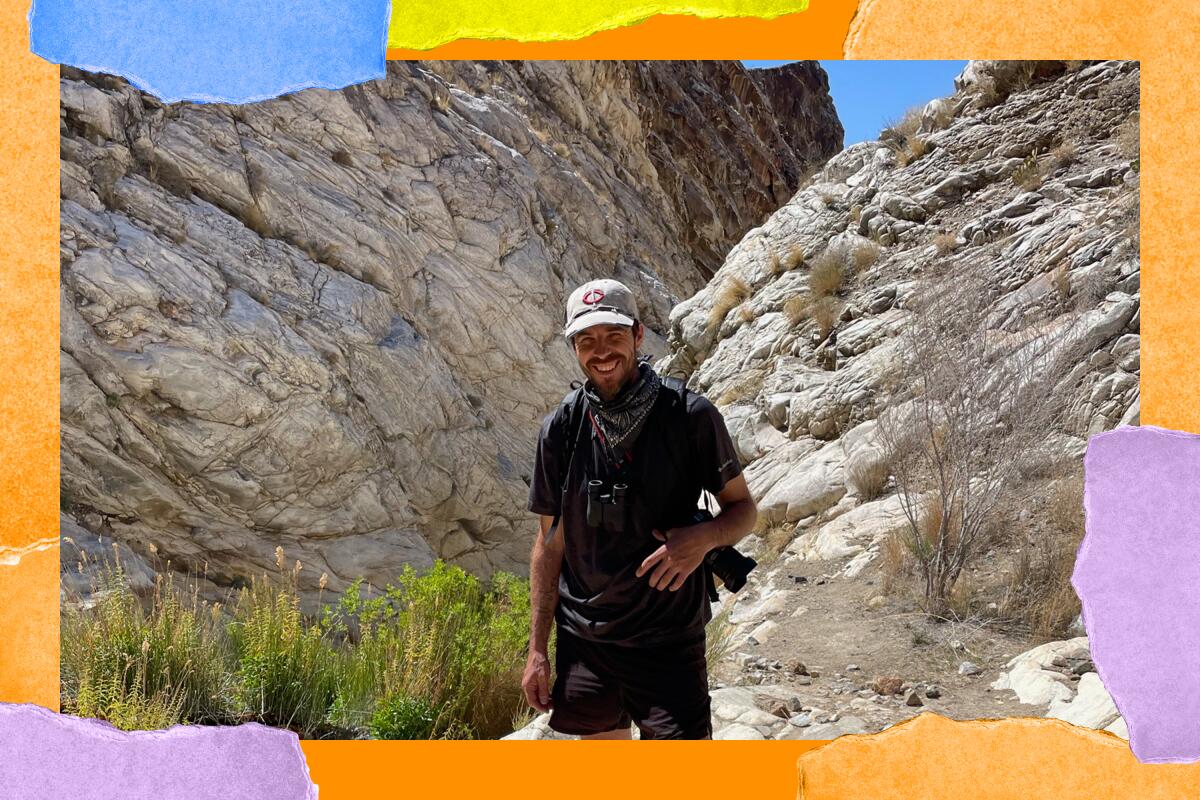
If you spend enough time trying to snag one of the very limited camping spaces inside Joshua Tree National Park, eventually you’ll run into some helpful advice from a park ranger or fellow camper: “Head to BLM land.” That’s what avid camper, hiker and L.A. furniture maker Josh Jackson heard from a friend as he struggled to find a last-minute campsite for his family in 2015.
BLM, or the Bureau of Land Management, is a federal agency that oversees 245 million acres of public land and 700 million acres of mineral estate. Unlike the National Park Service, BLM lands are managed for a variety of uses, including mineral extraction, industrial leases and power generation — but a substantial amount of land is focused on conservation and recreation.
Jackson found a spot near the Trona Pinnacles, a series of towering tufa spires that sit south of the city of Trona in the Searles Valley, and after that first experience, he was hooked. Over the next five years, a time in which public lands were coming under increased threat, he dove into the history of the bureau and the lands it manages. One of the most glaring vulnerabilities of BLM land, he felt, was that too few people knew how beautiful it could be.
So Jackson set out, putting 14,000 miles on his car and more than 300 on his boots, to explore and document “pretty much every accessible acre of BLM land in California.” (There are more than 15 million acres in California alone.) Although the endgame for this project is a book, Jackson also launched the Instagram account Forgotten Lands to chronicle his journey, show off a terrain that dazzles just as much as any national park, and share beautiful handmade maps and many of the books on his extensive outdoorsy reading list.
I talked with Jackson about his project and some of his favorite BLM spots in California.
What does being in nature mean for you?
It means slowing down. Taking long, slow walks. Listening. Noticing each and every species of flora, the geological patterns, the way the earth bends and rises and dips. Remembering that everything you need to see is everywhere around you at every moment.
What’s a place that inspires you and why?
The BLM-managed public lands in the Owens Peak Wilderness, where three great ecosystems collide in the southernmost portion of the Sierra Nevada. This ecological transition zone is where the Mojave and Great Basin deserts meet the towering Sierra Nevada mountains, where creosote gives way to Joshua trees and finally to Pinyon pine and juniper. Between the open meadows, meandering creeks, boulder outcrops and an abundance of flora, this unique landscape has a grand story to tell.
If you could change one thing about the way people think of nature, what would it be?
[We should] learn to see nature in our own backyard; in the camphors and live oaks lining our city streets; in the flowers blooming from cracks in the sidewalk and along abandoned hillsides; in the northern mockingbird singing from her perch on the telephone pole. We should all lean into William Cronon’s wisdom: “If wildness can stop being (just) out there and start being (also) in here, if it can start being humane as it is natural, then perhaps we can get on with the unending task of struggling to live rightly in the world — not just in the garden, not just in the wilderness, but in the home that encompasses them both.”
What’s your personal can’t-live-without item when you’re outside?
Whether it could actually prevent harm or not, my wilderness whistle brings me a lot of comfort when I’m hiking alone in the backcountry woods or desert. Water, lots of water. And downloaded, offline topography maps from onX.
What’s your No. 1 tip for people who want to strengthen their relationship with nature?
Start looking for it where you live. A walk down the street or around the block or in the yard can be a wonderful experience with the natural world. Learn the names of the trees. Listen for the birds.
4 things to do
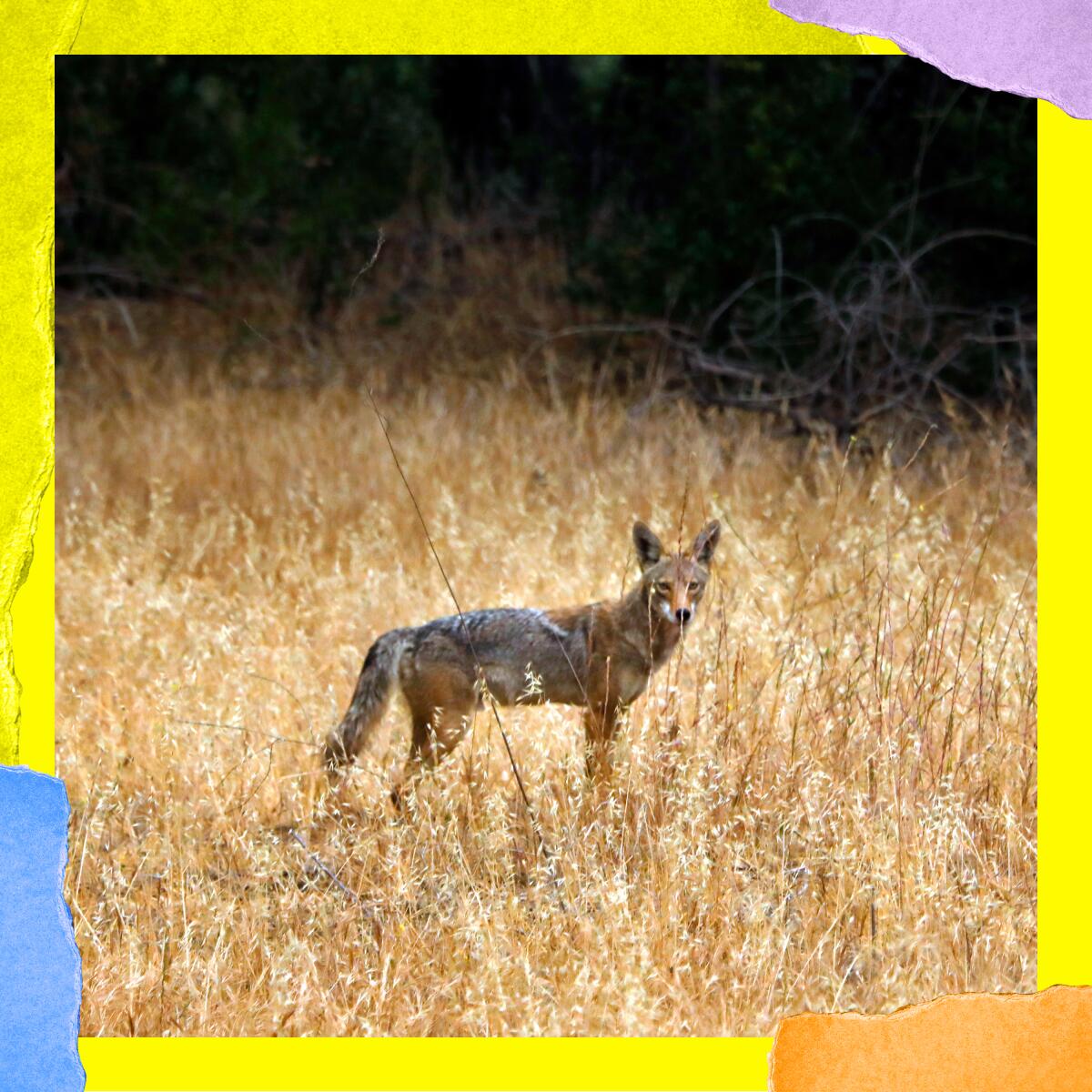
1. Look for tracks at Weir Canyon. Join rangers and naturalists on an easy five-mile interpretive hike through Weir Canyon in the Irvine Ranch Open Space in Orange County. There will be an introduction to spotting animal tracks and scat, and the group will be keeping their eyes peeled along the way for signs of animal life. Free. Minimum age 12 years old. Registration in advance required.
Get The Wild newsletter.
The essential weekly guide to enjoying the outdoors in Southern California. Insider tips on the best of our beaches, trails, parks, deserts, forests and mountains.
You may occasionally receive promotional content from the Los Angeles Times.
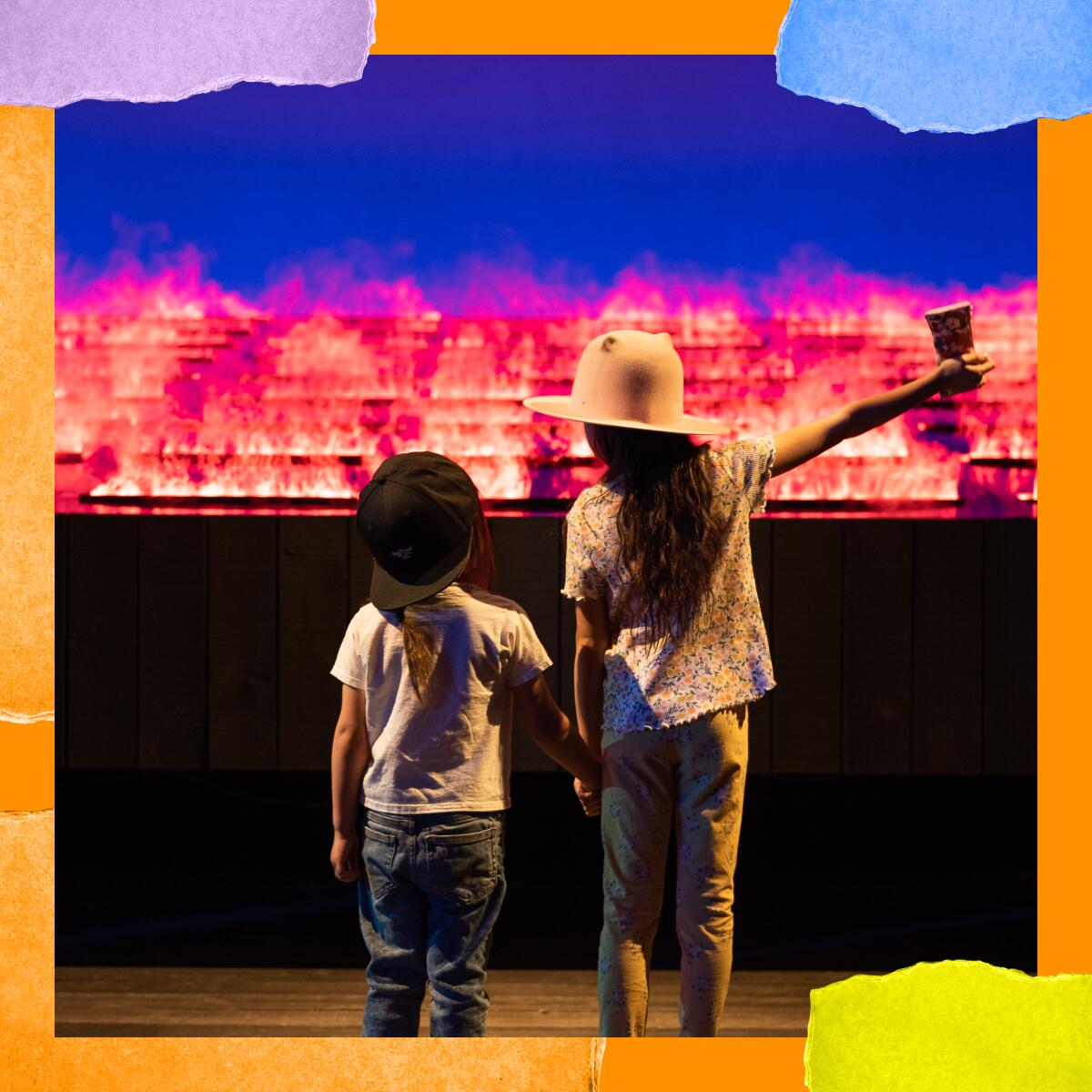
2. See the forest for the trees. Roam a 28,000-square-foot interactive art installation in downtown Los Angeles and reimagine your relationship with the natural world around you. Directed by artist Glenn Kaino, “A Forest for the Trees” is a collaborative work involving journalists from the Atlantic, environmental scientists and Indigenous tribal leaders. The all-ages installation was set to close earlier this year but has been extended through Dec. 11. Tickets for adults are $33.50 or $37.
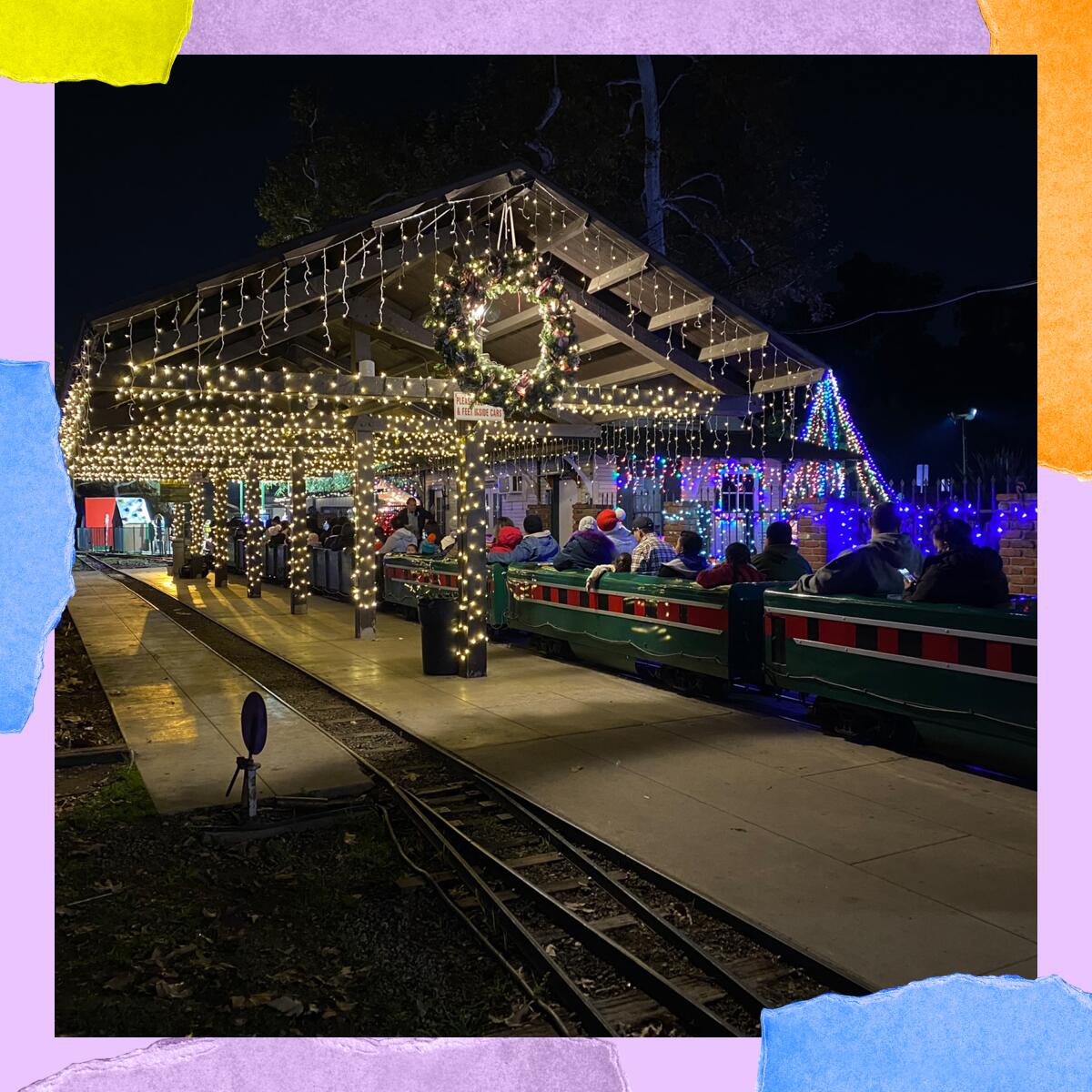
3. Ride a holiday train. The Griffith Park Holiday Festival of Lights Train is back! Starting Friday, the Griffith Park & Southern Railroad’s mile-long track will be transformed into a winter wonderland with holiday scenes and thousands of lights. This year, the grounds also will have a number of open-air photo booths and a gift kiosk. Tickets are $7 per person and can be purchased online. The holiday train runs almost every night through Jan. 6, though it will be closed Dec. 24, 25 and 31 and in the case of rain or high winds.
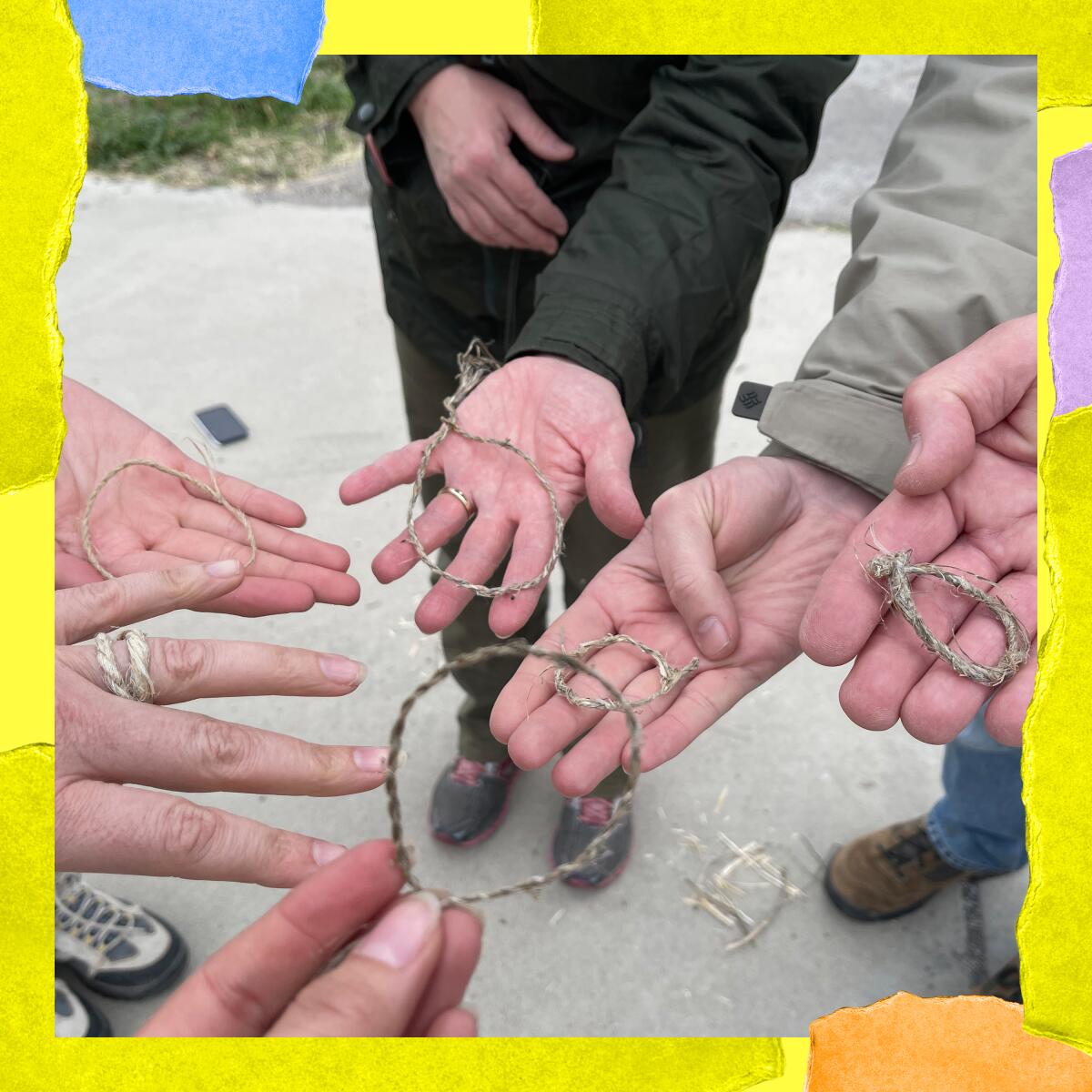
4. Meet up at a milkweed workshop. You may have heard about milkweed and its connection with monarch butterflies (and hopefully you’ve heard the monarchs need native milkweed), but our local narrowleaf milkweed is important to people too. Join volunteers at Rancho Sierra Vista on Saturday at 10 a.m. to find out about narrowleaf milkweed’s importance to the Chumash, Tongva and Tataviam peoples. Stay for a cordage-making workshop led by Chumash jewelry designer Lea Valenzuela. Free. Reservations required.
The must read
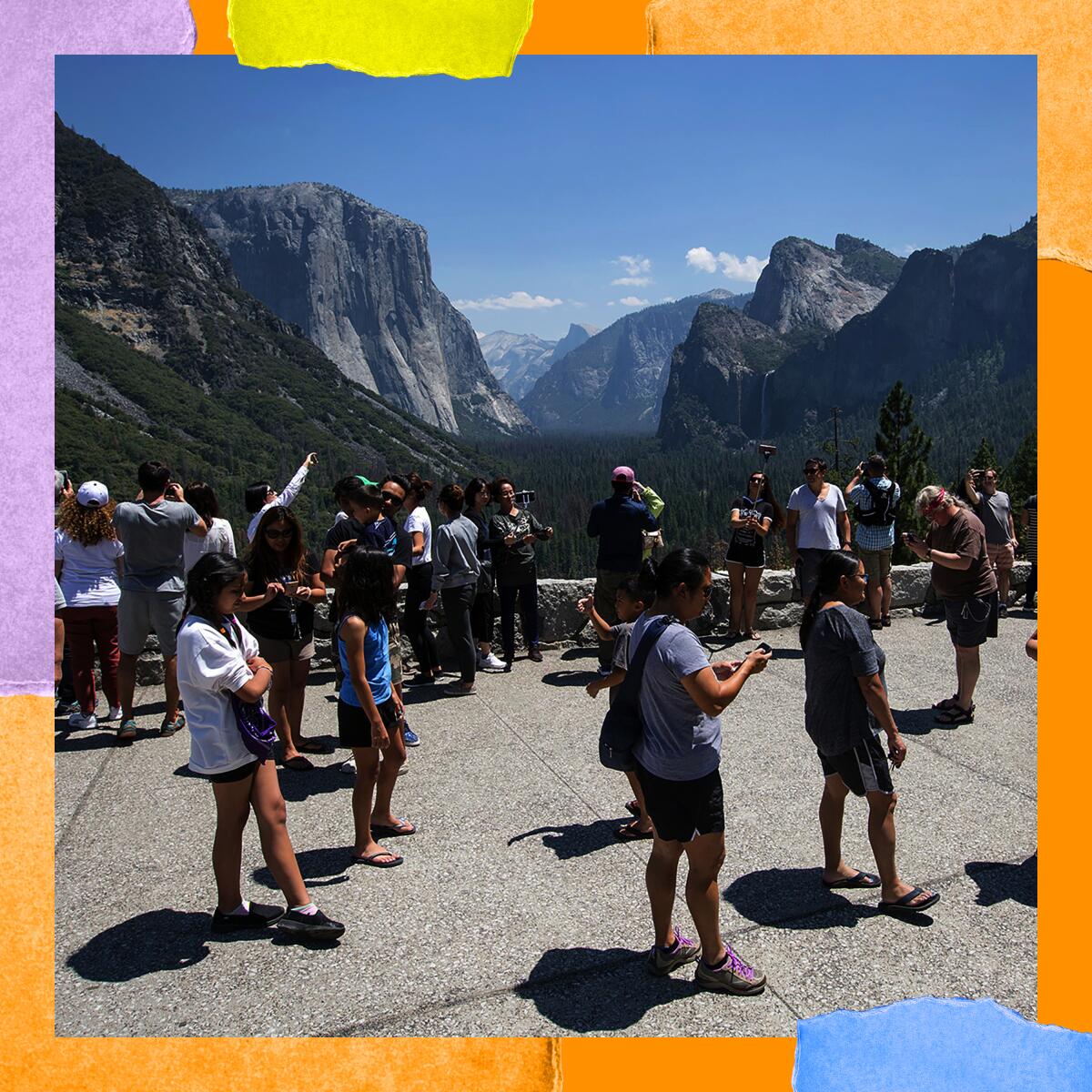
Permits? We don’t need no stinkin’ permits! But … maybe we do? A few weeks back, I told you Arches National Park was ending its summer entry permit pilot program and announcing 2023 plans soon. Yosemite National Park has used a similar reservation system for the last three summers due to construction work and COVID-19 caution, but they’re ditching the traffic control for summer 2023. Entry permits are a sticky issue. On one hand, they make it more difficult to visit the parks, especially for folks who can’t sit on a website hitting refresh and waiting for permits to open up. On the other hand, they help limit the often crushing foot and auto traffic threatening the very places we love. Park officials announced they would seek input in December for a possible new system, so stay tuned. Sequoia and Kings Canyon National Parks are currently in an open comment period about visitor experiences as well.
Check out “The Times” podcast for essential news and more.
These days, waking up to current events can be, well, daunting. If you’re seeking a more balanced news diet, “The Times” podcast is for you. Gustavo Arellano, along with a diverse set of reporters from the award-winning L.A. Times newsroom, delivers the most interesting stories from the Los Angeles Times every Monday, Wednesday and Friday. Listen and subscribe wherever you get your podcasts.
The red flag

Times investigative reporter Jack Dolan had always wanted to climb Mt. Kilimanjaro, the highest peak in Africa. This year, he finally got the chance but, as is often the case, the reality didn’t quite match his idealized vision. Dolan’s long-form piece is a beautiful look at the complex issues surrounding tourism on the mountain, as well as the changes rising temperatures and new weather patterns have wrought on the image of Kili he had when he first started bagging peaks.
Cool stuff
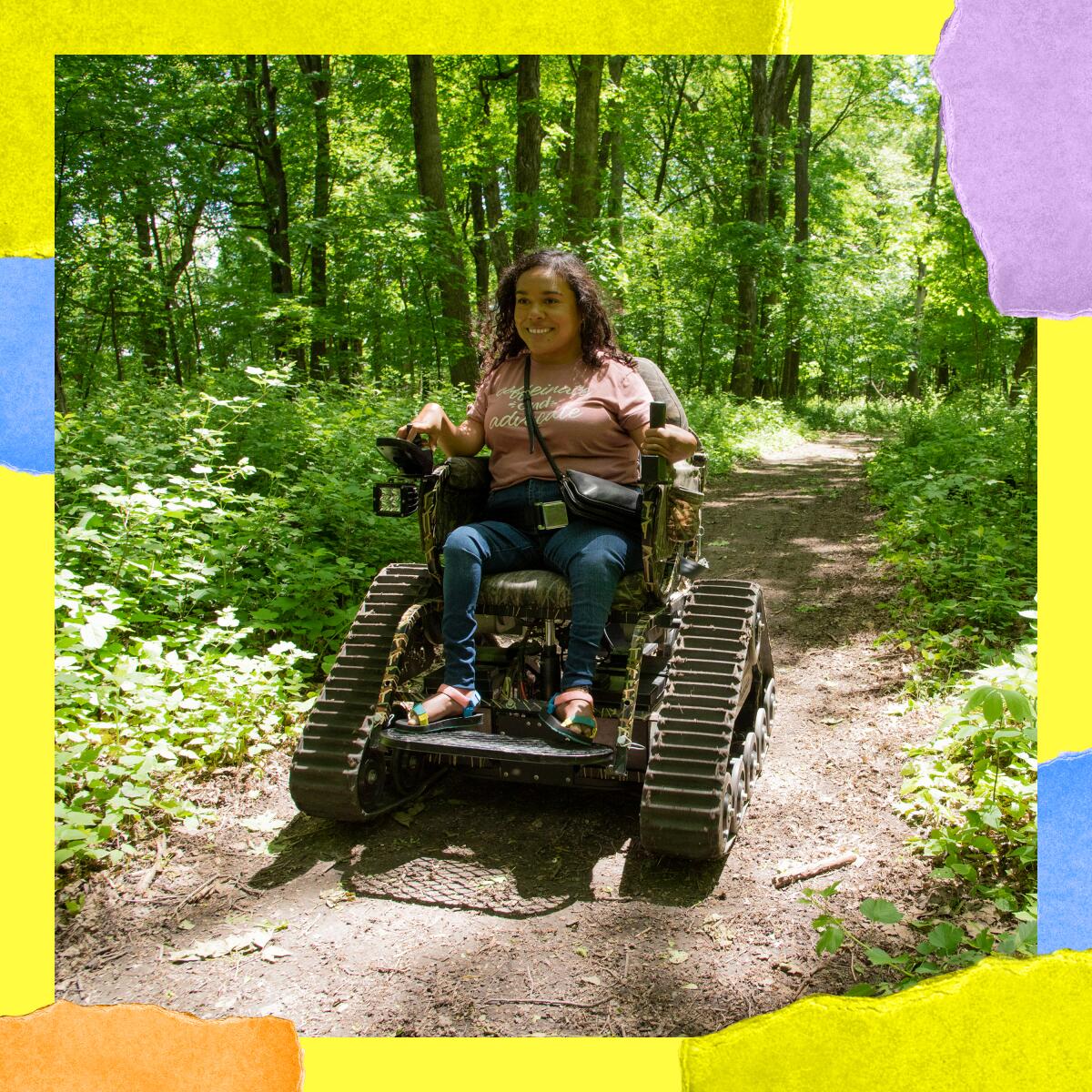
Since I laced up my first pair of hiking boots back in 2005 (yeah, I started late!), it has been genuinely inspiring to watch the outdoor community welcome more people — and more people of different abilities. Some of the last and potentially most challenging barriers are those faced by folks with mobility issues, but there are a handful of agencies and programs making exciting progress. In the Washington Post, Andrea Sachs and Natalie B. Compton head to state and federal agencies across the country that are helping everyone get outdoors through the use of rugged, all-terrain wheelchairs on specially designed trails.
Wild thing
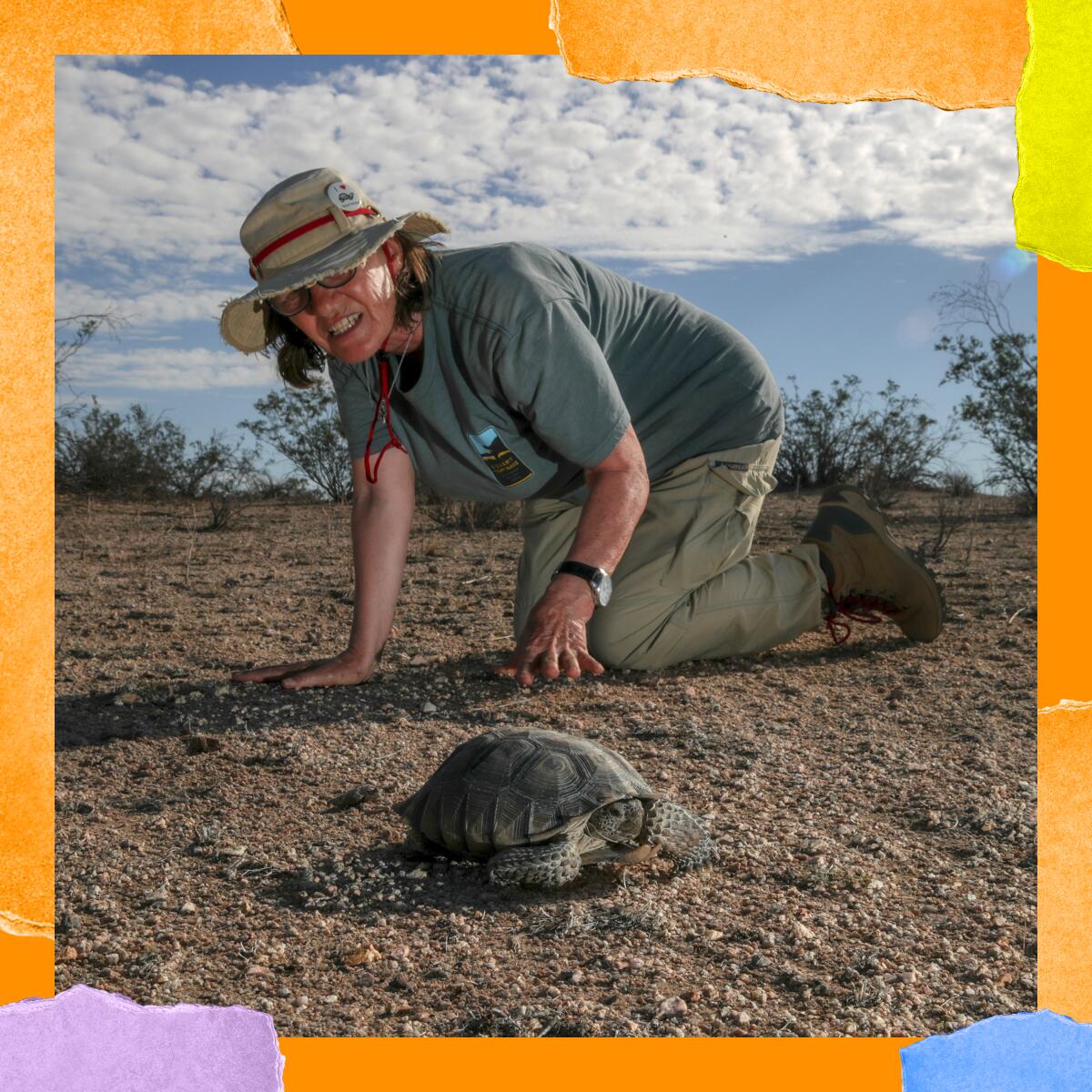
I have spent a lot of time in California deserts, but I have never seen a Mojave desert tortoise. Just 80 years ago, the Mojave supported hundreds of tortoises per square mile, but today, most regions outside protected recovery areas have only two to three adults per square mile — not enough to ensure the population survives. Times writer Louis Sahagún details the efforts groups are taking to protect our official state reptile, including deterring predatory ravens with lasers and a petition to list the tortoise under California’s Endangered Species Act.
P.S.
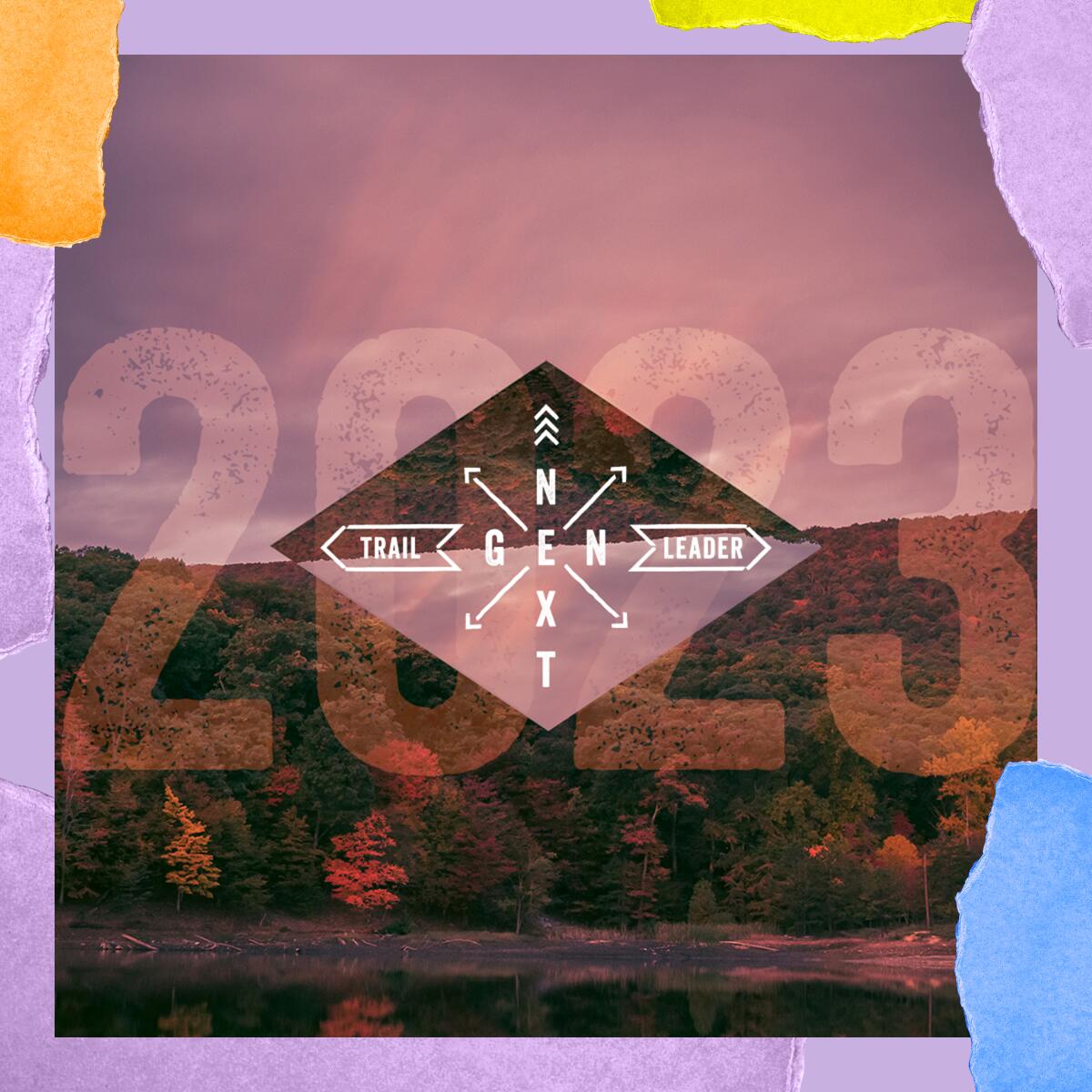
Looking to jump-start a career in the outdoors? The American Hiking Society is accepting applications for its 2023 NextGen Trail Leaders program, a yearlong boot camp for folks looking to gain real experience in public lands advocacy. Participants receive a stipend, training and support, a gear scholarship, and the opportunity to meet with national leaders and lawmakers about trail issues and public lands. The deadline to apply is Dec. 4, so get on it!
For more insider tips on Southern California’s beaches, trails and parks, check out past editions of The Wild. And to view this newsletter in your browser, click here.
Sign up for The Wild
We’ll help you find the best places to hike, bike and run, as well as the perfect silent spots for meditation and yoga.
You may occasionally receive promotional content from the Los Angeles Times.




